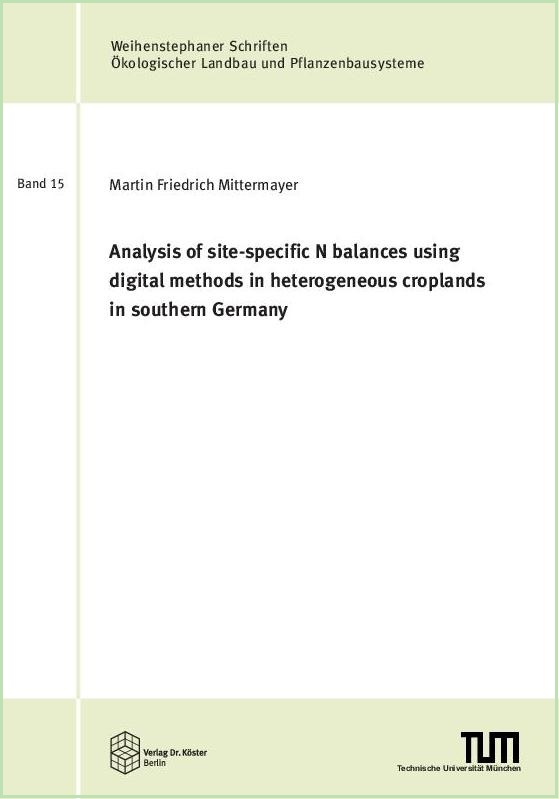Modern agriculture, along with the consequent indiscriminate use of mineral N fertilizers, has steadily increased global food production, fulfilling the nutritional demands of the growing global population. However, agriculture is responsible for much of the overloaded N cycles and the resulting N emissions. Legal regulations implemented thus far have not led to a noticeable decrease in N emissions, and more comprehensive and innovative approaches are warranted to minimize N emissions and augment N efficiency. Digital technologies, algorithms, and models offer novel opportunities, application areas, and potential for optimizing farm N cycles and mitigating N losses. The N loss potential (N surplus) at different scales (global level, regional level, drinking water protection areas, farm level, within crop rotations, or field level) can be calculated using balancing methods.
WeiterlesenThe high spatial variability of soil parameters demonstrated based on multi-year satellite data resulted in the formation of distinct high- and low-yield zones despite the relatively small field sizes (3.5–13.1 ha). Thus, the high spatial variability of soil parameters can lead to marked variations in yield and, ultimately, in N balances. Site-specific N balancing based on modern technologies can be used for the mitigation of environmentally relevant N emissions (NH3, N2O, and NO3) at a high spatial resolution. Digital technologies are suitable for determining site-specific N balances and estimating nitrate leaching risk. Thus, our work demonstrates the performance of sensor- and satellite-based N balancing in identifying areas with elevated N loss potential.
Innovative management approaches based on digital systems can contribute to the reduction of nutrient surpluses and, thus, to the improvement of environmental and climate protection services in agriculture.

